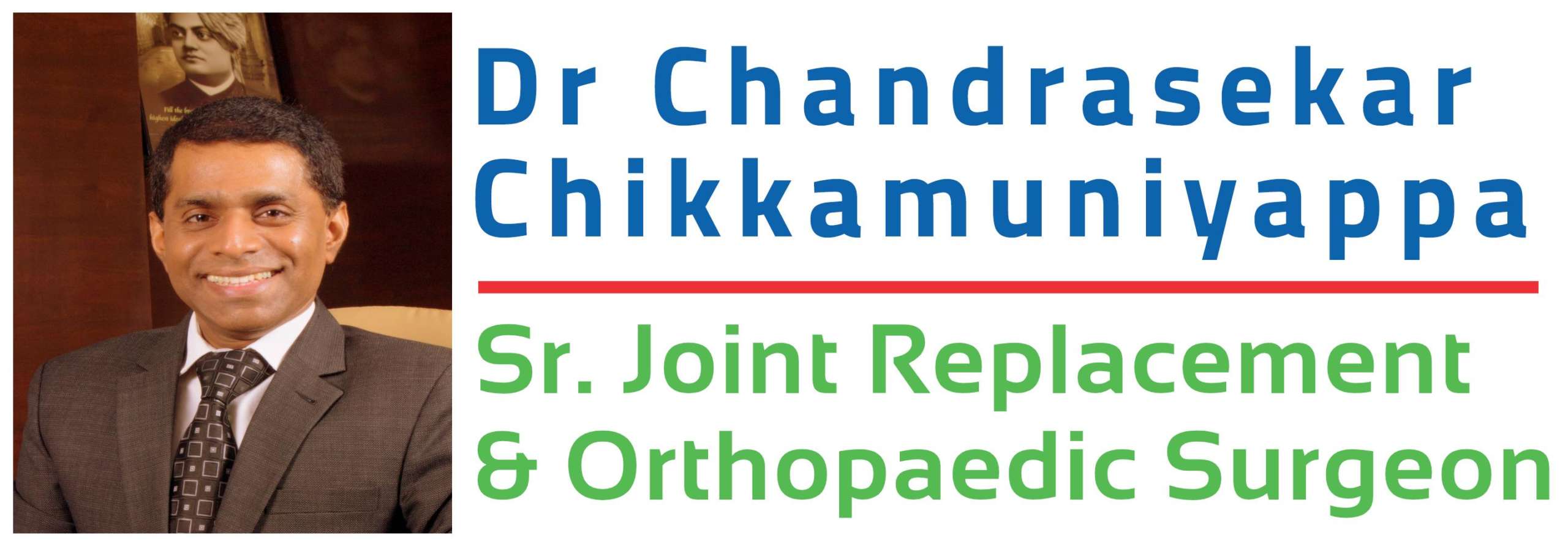SPINE/NECK & BACK SURGERIES
We are a comprehensive spine care centre with highly skilled surgeons specialized in spinal surgery, physiotherapists and yoga consultants. The unit provides full spectrum of spine care ranging from conservative measures to minimally invasive surgeries and complex spinal deformity corrections. We are also backed up with a pain specialist who can effectively manage pain symptoms arising from nerve compression. Surgery is advice only if conservative treatment fails over a certain period of time depending on the severity. Spine surgeons of both Orthopedic and Neurosurgery background work as a team to give the added advantage of complementing each other and give the best surgical outcome. With the use of minimally invasive cutting edge technology, our patients experience faster recovery due to smaller incisions and less blood loss.
Seeking treatment for Spinal Deformity and Scoliosis? Explore the Best Spinal Deformity and Scoliosis Surgery in Bangalore.
We offer:
Nonoperative Treatment –
1. Medical management for neck and back pain
2. Nerve blocks and Epidural injection treatment
Cervical Spine Surgery
1. Anterior cervical discectomy/corpectomy and fusion
2. Cervical disc replacement
3. Posterior cervical laminectomy +/- fusion
Lumbar Spine Surgery
1. Microscopic Lumbar discectomy
2. Laminectomy and decompression
3. Lumbar interbody fusion for spondylolystheis (PLF/PLIF/TLIF)
Spinal Deformity Correction Surgery
1. Scoliosis correction – Anterior/Posterior
2. Kyphosis correction by posterior instrumentation and osteotomy (PSO/PVCR)
Management Of Spinal Tumors
1. Excision of intradural/extradural spinal tumors
2. Excision and reconstruction of vertebral tumors
Management Of Spinal Infections
Minimal Access Spine Surgery
Spine Conditions:
1. Cervical spondylosis – Age related degeneration of bones and discs, leading to neck pain and stiffness. Compression on nerves can lead to arm pain, or on spinal cord leads to weakness of all 4 limbs. Surgery is required for failed conservative treatment in the form of decompression +/- fusion from anterior (front) or posterior (back) approaches.
2. Cervical disc prolapse – Bulging out of discs in the neck leading to nerve compression occurs due to trauma or is commonly seen in software professionals. Pain or weakness due to nerve compression requires treatment. Disc replacement is an option in the young patients and helps to preserve the motion segment.
3. Lumbar disc prolapse/degenerated disc disease – By far, the most common condition encountered in spine surgery. Most of the lumbar disc bulge or prolapse can be managed by nonoperative means. Surgical management by excision of the disc fragment using microscope provides excellent results. Wear and tear of discs due to age related degeneration, if symptomatic may benefit from lumbar fusion.
4. Lumbar canal stenosis – Decrease in the space of the spinal canal due to discs or hypertrophy of ligamentum flavum (soft tissue protecting the spinal cord) can cause significant pain and disability. Laminectomy (removal of lamina – bone connecting the vertebral body and posterior elements) and decompression is most fruitful.
5. Spondylolysis and spondylolisthesis – Spondylolysis (defect in the joint) or spondylolisthesis (slip of one vertebra over the other) can cause pain and dysfunction both in the young and old age. Lumbar fusion (PLF/PLIF/TLIF) to decompress the nerve roots and restore the disc height and lumbar lordosis gives best results. Though the procedures are being done commonly, they require experience and precision.
6. Spinal fractures and dislocations – High velocity trauma can cause spinal fractures and dislocations of varying grades. Based on the severity of bony comllapse, nerve compression and radiological findings, reduction and stablilization would help the patients to be back on their feet within 24 hours of surgery.
7. Infections of spine – Tuberculosis of the spine is the most common infection seen in Indian setting. Though uncommon, pyogenic infections are also on the rise due to higher incidence of diabetes, renal failure and urinary tract infections. Spinal stabilization, biopsy and appropriate antibiotic/antitubercular therapy based on the culture helps in early recovery of the patient.
8. Tumors of the spine – Spinal tumors can be located in the body of the vertebra or the posterior spinal elements. Though uncommon, it can cause back pain and neurological deficits even in the young population. Excision and reconstruction is the key in management along with chemo/radiotherapy based on the tumor biology. Tumors of the spinal cord, located within the dural covering or inside the medulla of the cord is managed by excision working along with the neurosurgeon.
9. Scoliosis and kyphosis – Spinal deformities can occur by birth due to congenital abnormalities or can occur due to asymmetric growth in the adolescent age. Identification of associated systemic abnormalities like cardiac or renal anomalies and intraspinal defects is important. Surgery is necessary to prevent further worsening of the deformity and to prevent secondary symptoms like pain, neurological deficits or breathing difficulty arising due to the deformity. Deformity correction using specialized implants is safe and provides excellent results in the hands of the experts.
10. Osteoporotic vertebral fractures – Age related loss of bone strength seen especially in postmenopausal women can lead to fractures in the vertebra even due to trivial falls. Though most of the fractures can be managed conservatively and patients can be mobilized with a brace, procedures like vertebroplasty and kyphoplasty may be necessary to relieve pain.

